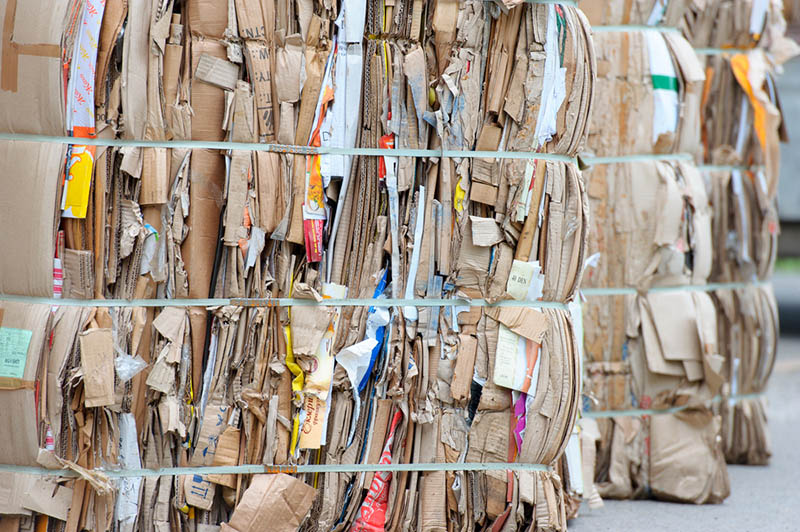Paper has been a part of human history since at least the eighth century BC. Since then, it has been made out of a variety of different materials and through many distinct processes. While most people will be able to tell you that paper comes from trees, most won’t know much more beyond that. Wood goes through quite a lot before it becomes the paper you hold in your books or pack your groceries in. Paper converting and the making of paper in and of itself are fascinating processes that display the best of that characteristically human raw ingenuity. Let’s take a look at it.
The Making of Paper
 While other material sources exist, most paper comes from wood fibers. These are called the pulp, which goes through long chemical and physical processes, such as boiling, straining, flattening, and drying, to become a long sheet of paper. This is referred to as the web, and it is later rolled into long continuous rolls that can weigh up to thousands of pounds and measure over a hundred inches wide. In order for it to be actually usable across all the different industries that make use of paper, this enormous roll of web will have to be cut up in a process known as paper converting.
While other material sources exist, most paper comes from wood fibers. These are called the pulp, which goes through long chemical and physical processes, such as boiling, straining, flattening, and drying, to become a long sheet of paper. This is referred to as the web, and it is later rolled into long continuous rolls that can weigh up to thousands of pounds and measure over a hundred inches wide. In order for it to be actually usable across all the different industries that make use of paper, this enormous roll of web will have to be cut up in a process known as paper converting.
Paper Converting
This part of the papermaking process is ultimately vital for it to actually be of any use. This long scroll of web is pretty much useless without the paper converting stage, which makes it such an integral component. There are two types of paper converting processes that are implemented in order to properly convert the roll to the wide variety of paper sizes necessary across industries. The most common one uses a Slitter / Rewinder Machine, which takes large rolls of web and unwinds it through a series of blades that cut the paper into smaller widths, then rewinds it into new, more manageable rolls.
The second method implements a Precision Paper Roll Saw, which cuts the whole roll into smaller rolls without having to unwind or rewind the paper. The resized rolls are then apt for usage in various printing processes for they are adjusted to the sizes of different printing presses. The process of paper converting is an essential aspect of the general paper industry. Without such a practice, the paper produced would not have actual practical usage. Every single piece of paper you interact with has gone through the converting process.
Paper Converting Services
At Pacific Supplies we have the necessary equipment to convert paper according to your different needs. With a 2” to 180’’ wide slitting capacity, a 5” to 36” roll diameter capacity, and a 2” to 6” core size range, we are ready to handle all of your paper converting needs. We additionally offer perforated lengths on rolls, as well as sheeting and paneling, and converting services for nonwovens, traditional woven textiles, plastics, and specialty fabrics. Get in touch with us by calling us at (323) 321-2222 and learn more about or practice.

